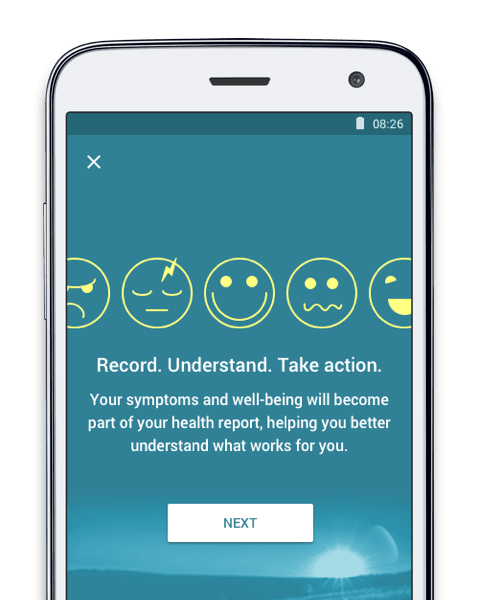There are many reasons why you may have difficulty breathing. It can be caused by mental disruptions, arduous physical activities, or respiratory diseases, among others. When you have a high level of anxiety, it may prompt an intense tightening of the chest, which is also clinically known as dyspnea or air hunger. If you’ve just finished your five-kilometer morning run, it is normal to have shortness of breath. However, if you regularly feel discomfort in breathing as if you can’t draw complete breath, you might have respiratory conditions such as asthma or pneumonia. When heavy breathing is accompanied by coughing with excessive production of mucus, this might be a sign of a lung condition called COPD (chronic obstructive pulmonary disease).
What is COPD?
COPD refers to a group of progressive lung conditions that cause airflow blockage to the body. It is an umbrella term for emphysema and bronchitis. Emphysema is a condition when the air sacs in the lungs are damaged. As a consequence, they lose shape, become floppy, and obstruct the outward airflow. Bronchitis, on the other hand, is caused by the inflammation of the bronchial tubes. This allows thick mucus to build up, block the airways and make it hard to breathe. Most people who have COPD have both conditions, but the level of its severity differs from person to person. If you are interested to read more about the differences between COPD and its subdivision, check out our Emphysema vs COPD blog post.
Early symptoms of COPD are easy to miss. Not only because COPD is a slowly progressive disease, but in America, COPD mostly occurs in the older age group (age 40 and up). The severe damage to the lungs takes a while before it reveals itself. That is probably why many middle-aged people living with COPD assume that their breathing difficulties are natural signs of getting older, or they have the flu. The changes in the breathing behavior are taken lightly or simply being ignored.
Breathing Problems in COPD vs pneumonia and asthma
COPD, pneumonia, and asthma are all respiratory diseases, but they are caused by different factors and show different symptoms.
Both COPD and pneumonia are attributed to the damage in the air sacs. In COPD the air sacs are not elastic anymore and clogged by lumps. When air fills the air sacs, they cannot expand properly, and airflow is obstructed by the lumps in the bronchial tubes. On the other hand, in pneumonia, the air sacs are filled with fluid. Naturally, both cause shortness of breath, but pneumonia is usually accompanied by fever, sweating, and chills.
COPD can also be mistaken with asthma since they show similar symptoms, such as gasping for breath, tightness in the chest, wheezing, and coughing. However, one of the main differences is the frequency of the symptoms. Asthma attacks happen occasionally. It is usually triggered by certain factors, for example, pollen or food allergies. Thus, people with asthma may be symptom-free for a long time and can get better with their condition. In contrast, COPD symptoms are constant, and the treatment can only slow down the progress of the lung damage.
Another major difference is people with asthma often inherited it from their parents, whereas COPD is mostly caused by smoking or long exposure to environmental hazards. 75% of COPD cases in America are experienced by active smokers, and the remaining 25% are either passive smokers or people who have long-term contact with air pollution caused by chemicals, dust, or poorly ventilated houses.
However, not everyone who has COPD has the symptoms mentioned above. Likewise, not everyone who experiences those symptoms has COPD. We suggest consulting with a doctor to have a professional medical opinion and get an accurate diagnosis.
How to deal with COPD symptoms?
Even though COPD symptoms appear constantly and can hinder its patients to do regular activities, there are some tips to deal with the condition.
First and foremost, it is recommended that people should quit smoking and avoid air pollution. The air quality where you work and live plays a big role in COPD development. Make sure that your home is well ventilated and avoid exposure to dust, vapors, or fumes from cooking.
Second, do things slowly and don’t wear yourself out. Try to climb stairs less often and do everyday chores at a relaxed pace. You can also make things more accessible in your house by putting items in easy-to-reach places.
Third, wearing loose clothing can help. Allow some room for your lungs to expand. Wearing loose shoes will also help as it is easier to put on and take off without compromising your breath too much.
Fourth, eat healthy food and exercise regularly. A well-balanced diet can help maintain your health. Regular exercise can help strengthen your respiratory muscle and improve your endurance as well. Discuss with your doctor what activities are appropriate for you.
Finally, join a patient support group. Talk with other people who experience COPD about how they coped with the disease. Support from family and friends can also help relieve anxiety, depression, and stress.
The damage to the lungs cannot be reversed. However, with early detection and proper treatment for COPD, you can still have a good quality of life for as long as possible.
Here are some more posts we think you might be interested in:
4 Smart Inhalers that Could Be Lifesaving for people Living with Asthma & COPD



